You might be wondering exactly what you can get for a NAS that costs $4, let alone what's indispensable at that price. I can't blame you if you are; storage expansions are expensive, and even RAM or add-in cards for networking or cache can be costly, depending on the brand. Yet this one tool has saved my bacon (and my data!) time and time again, and I won't open the drive sleds on my NAS without it around.
If I were an Unraid user, this post would be about spare USB drives. The operating system and license live on a USB stick, and when it wears out, you have to clone it and get Unraid to transfer the license to the identifier of the new drive. Except I don't use Unraid, specifically because of that terrible practice.
The one thing I need around? Tiny sticky index tabs, those brightly colored ones you use for marking pages in reports, research, or places that you need someone's signature on. See, I did a drive migration once without them, messed up the order they should have been installed, and lost everything on the two drives I had. Lesson learned the hard way: Don't be like me; label your drives.
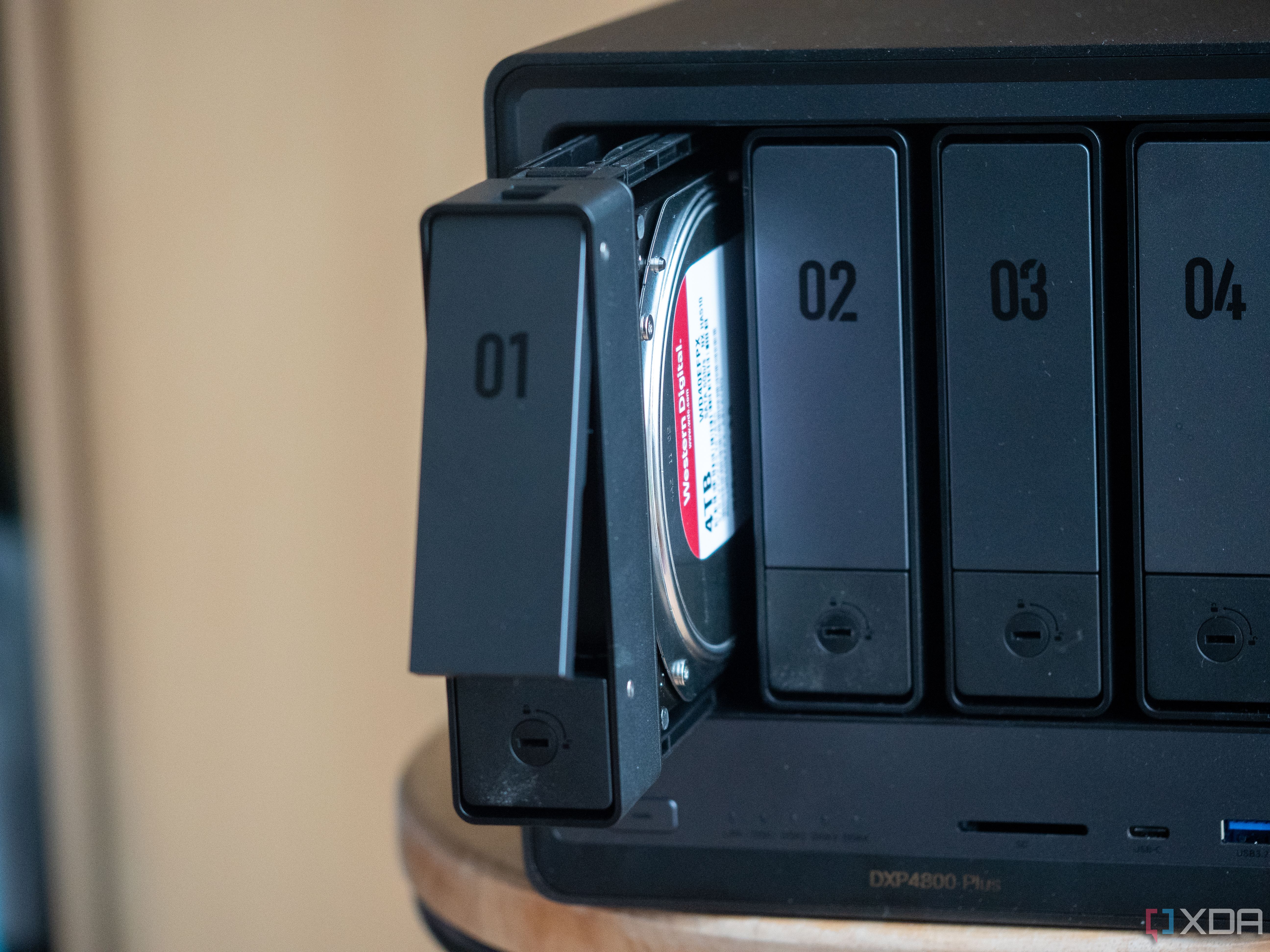
Related
5 tips to prepare for your inevitable NAS drive failure
Your HDD or SSD will fail, but how can you prepare your NAS for this event?
$4 index tabs saved my data more than once
Never, ever rely on your memory on which drive goes where
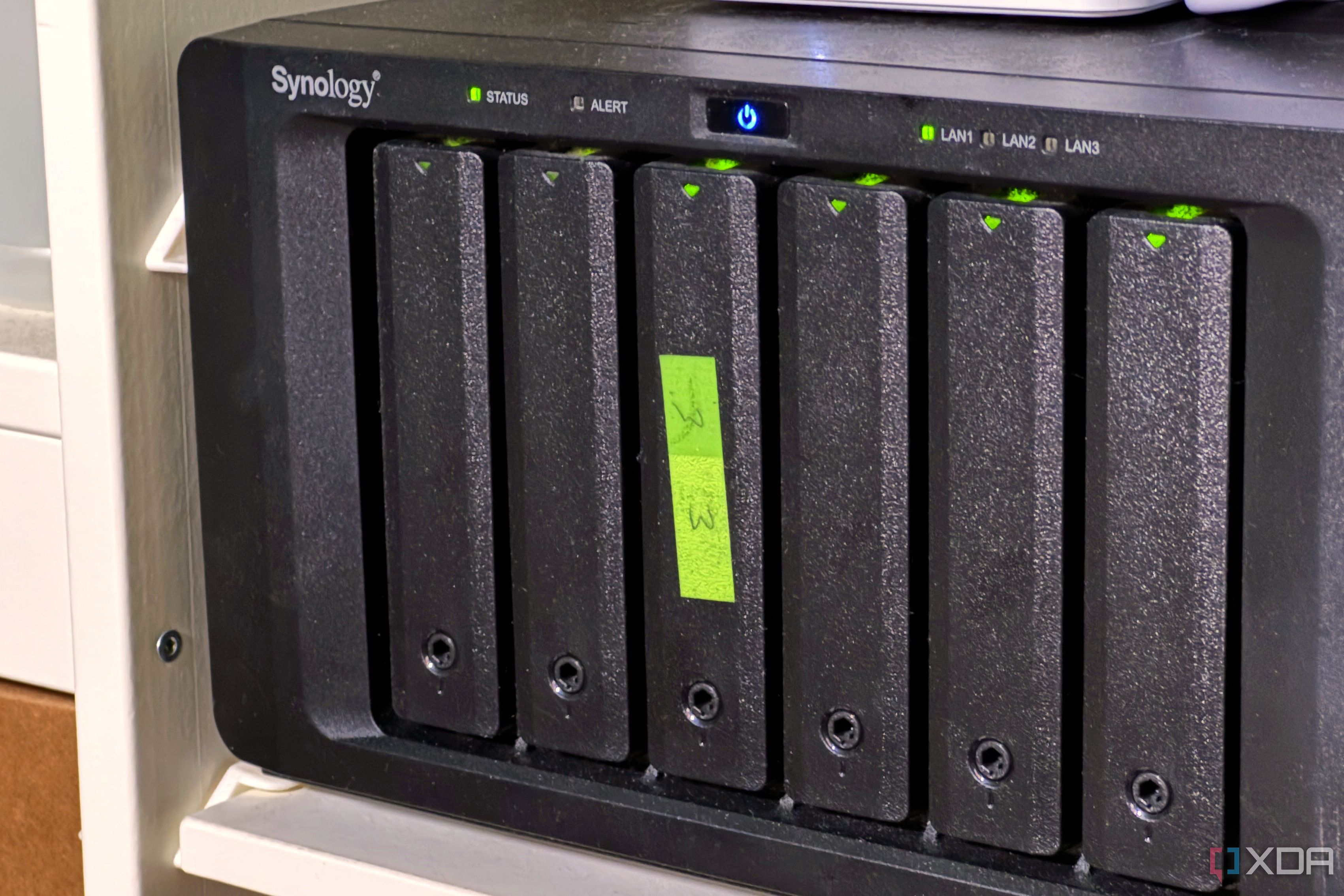
One of the main reasons I got a Synology NAS years ago was the promise of an easy time upgrading to a NAS with more drive bays when I needed to. This was when the company still cared about its customers and didn't try to lock its units to proprietary drive firmware, and there wasn't any other competition at the price point. I picked up a two-bay model based on that, and when it came to needing more storage space, I upgraded to one with four bays.
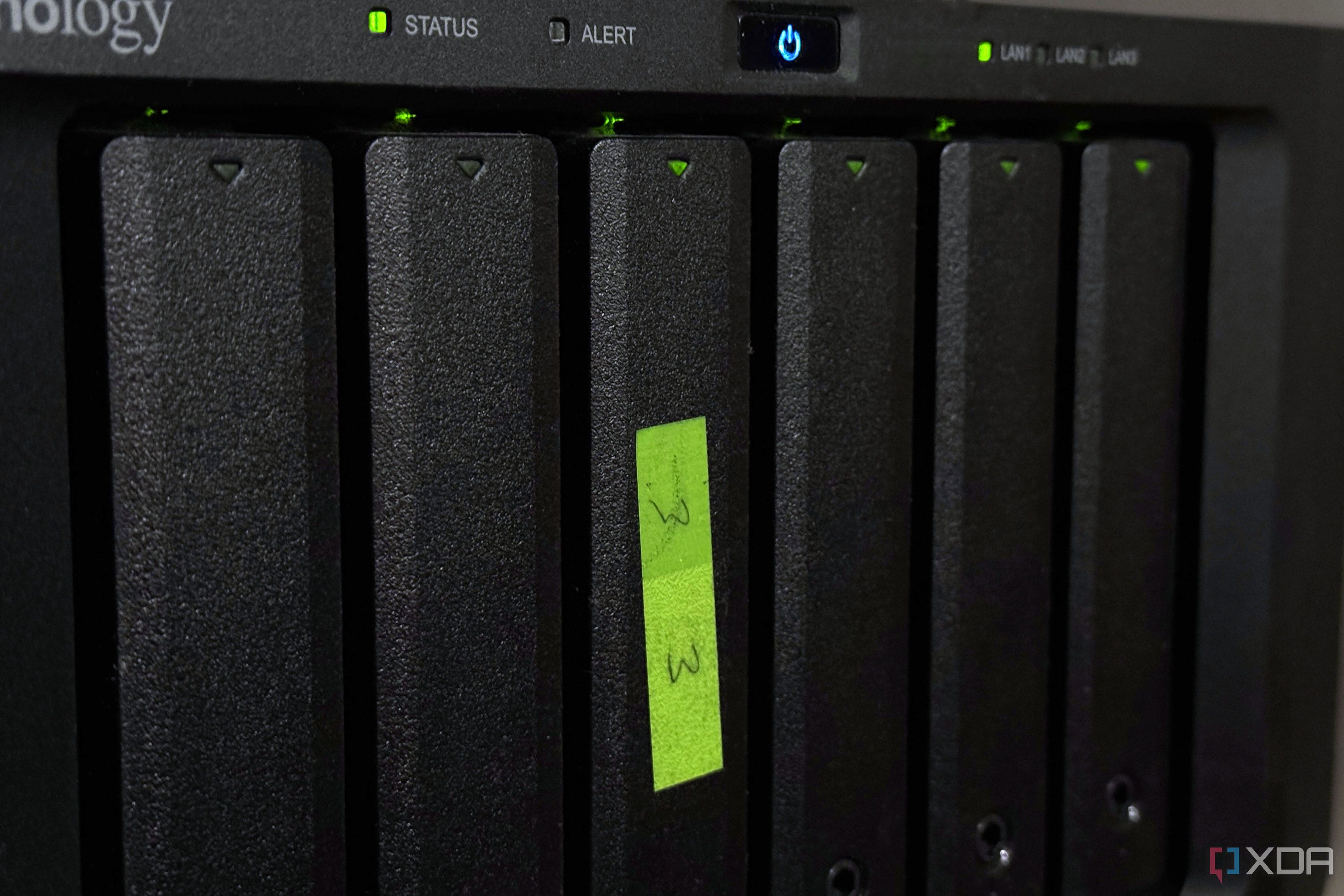
I didn't realize that I'd need to put the two drives in the same order in the new enclosure, and I didn't label them. I've also got the short-term memory of a goldfish, and that's not being kind to the goldfish; it's probably worse. Those two drives got mixed up, I put them into the new NAS and tried the migration procedure, and was met with a screen saying I didn't have any data and needed to initialize them. Lesson learned, in a very painful way.
The next upgrade took me to a six-bay enclosure, and not only did I label each sled, I did so in a different color and numbered them, so there would be no mistakes. You can see one of those original tags in the image above. The other few fell off at some point, but I keep that one there to remind me to get more before I do another upgrade.
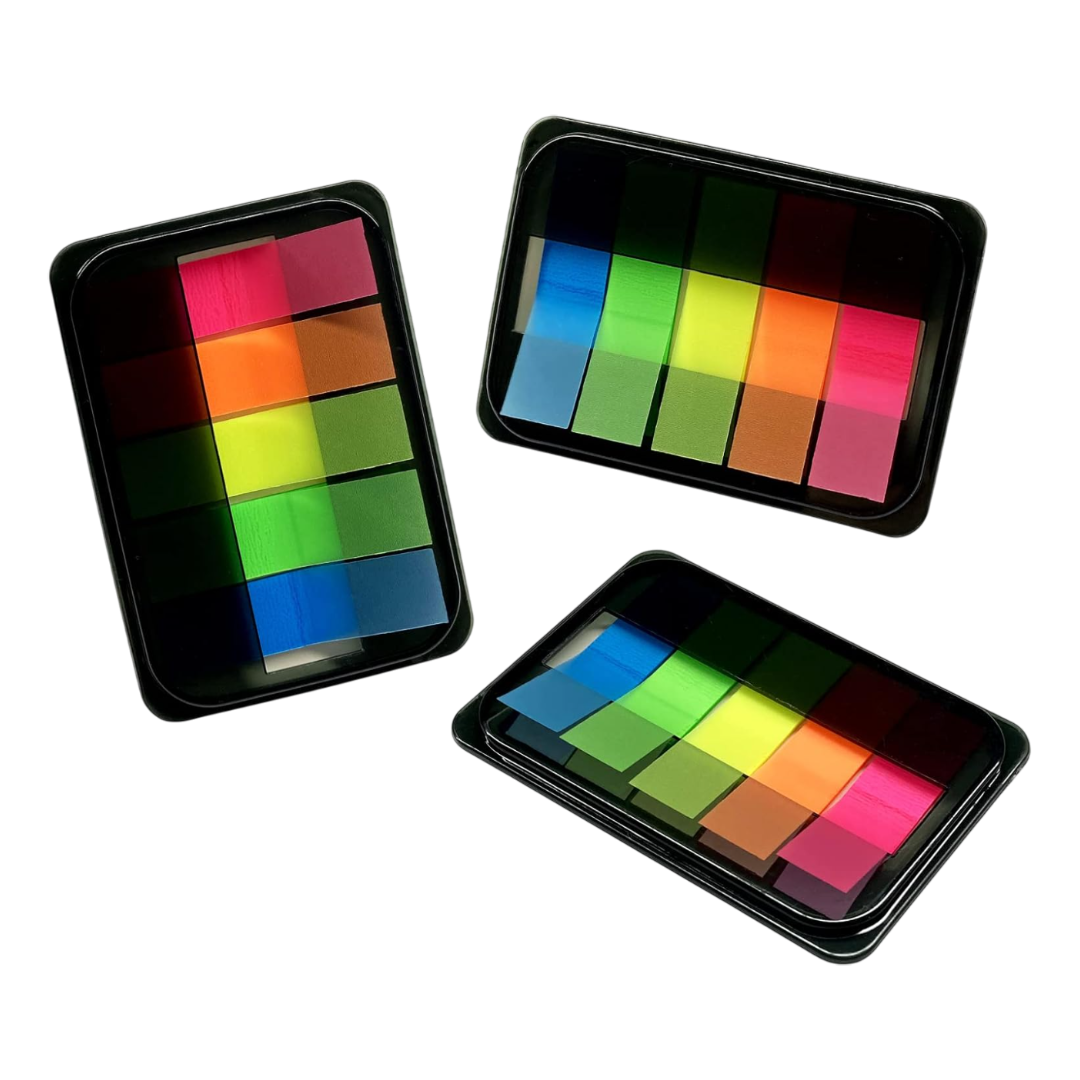
Don't forget to label drives when moving them around
You need to know which drive came from which bay at all times
There are many NAS manufacturers and operating system developers, and every single one handles drives differently. Some use RAID, some use vdevs, some add drives by partition or by gptid, and unless I'm using a system that I know inside-out, I will make no assumptions about how the drives will be handled when I remove and replace them.
Apparently, nowadays, when you use mdadm, the RAID system Synology's DSM operating system sets up, it now puts enough metadata that the NAS can rebuild the array no matter which order you put the drives back in. I still don't trust it and will continue labeling my drives, as data loss has burned me several times.
That means even if I'm removing one drive to replace it with a larger one, I'll label not only the drive but the drive bay with a corresponding sticky tab. I won't even take chances with my own data, so why should I take chances with data that isn't mine? I might not have information on whether the system is using hardware or software RAID, how old it is, or any other considerations that might let me put drives back in any order.
Again, if you're used to a new NAS OS that uses software RAID and lets you reorder drives, don't change to any other system. You've already built up muscle memory for something that's not advisable when working with older units, or with some manufacturers. I've lost too much data before now, and a few minutes of researching a system I'm unfamiliar with isn't a replacement for my caution with drive installations.
I now buy plenty of labels for every NAS migration
Sadly, my preferred tab labels are no longer manufactured by IKEA. Still, there are tons of them everywhere stationery is sold, and all you need is multiple colors in a material that can be written on. The plastic ones are useless because even Sharpie ink can rub off, and you don't want your numbering to rub off. Writing this reminded me that I can't find my pack of IKEA ones, which is how I found out they discontinued them, so I'll be ordering some new ones this week.
.png)
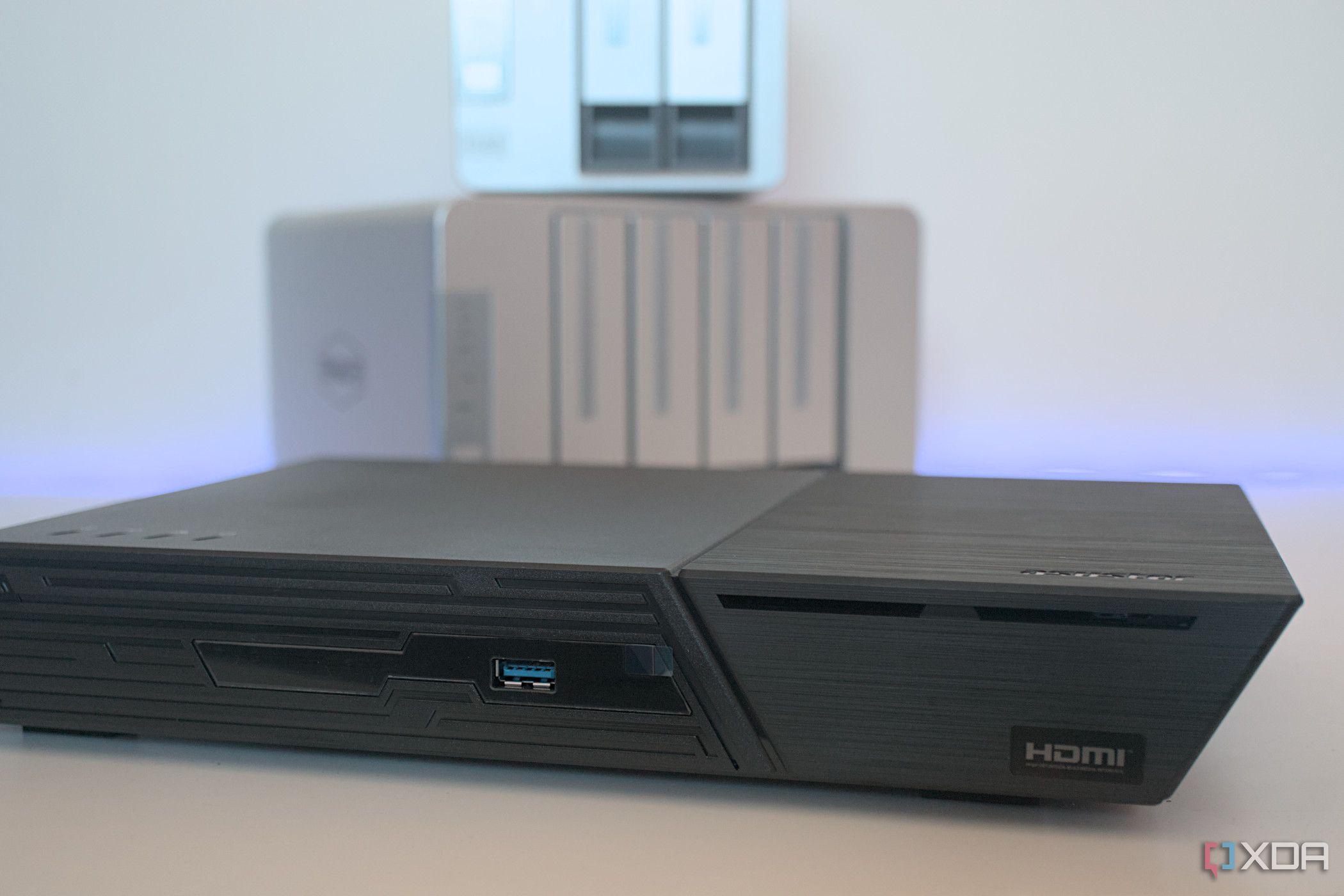

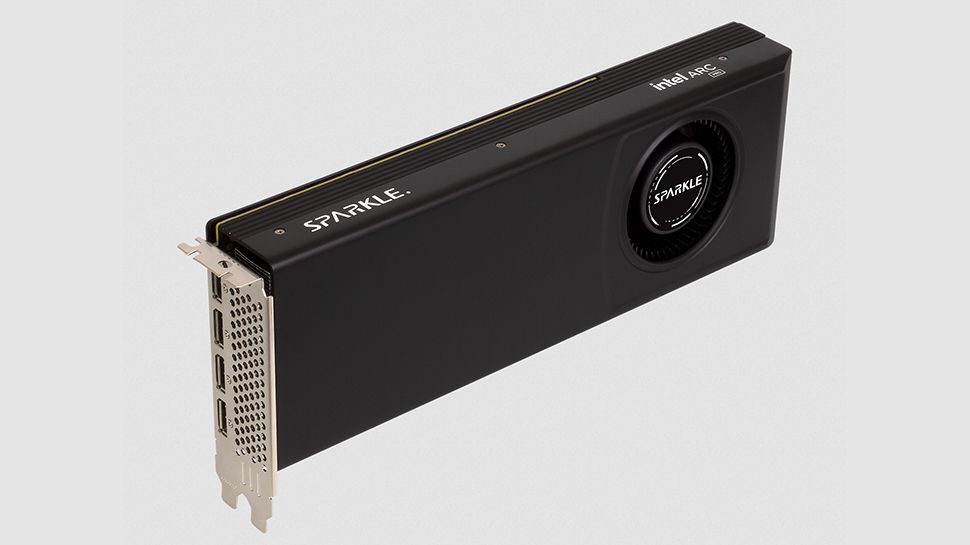
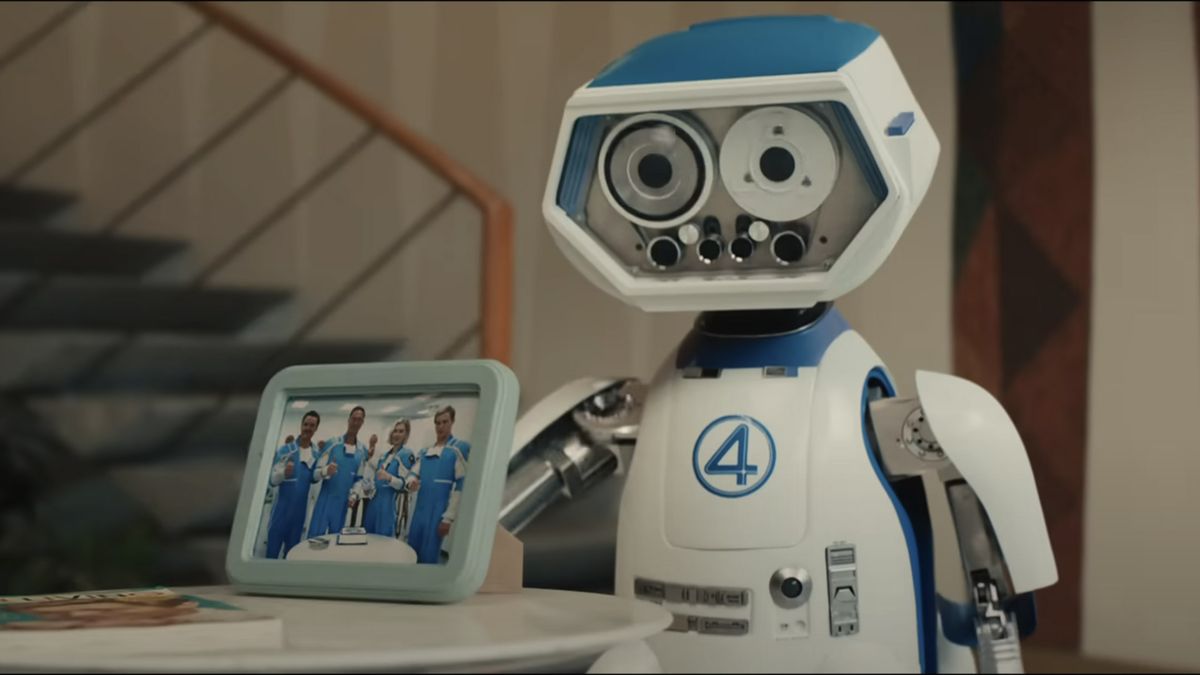

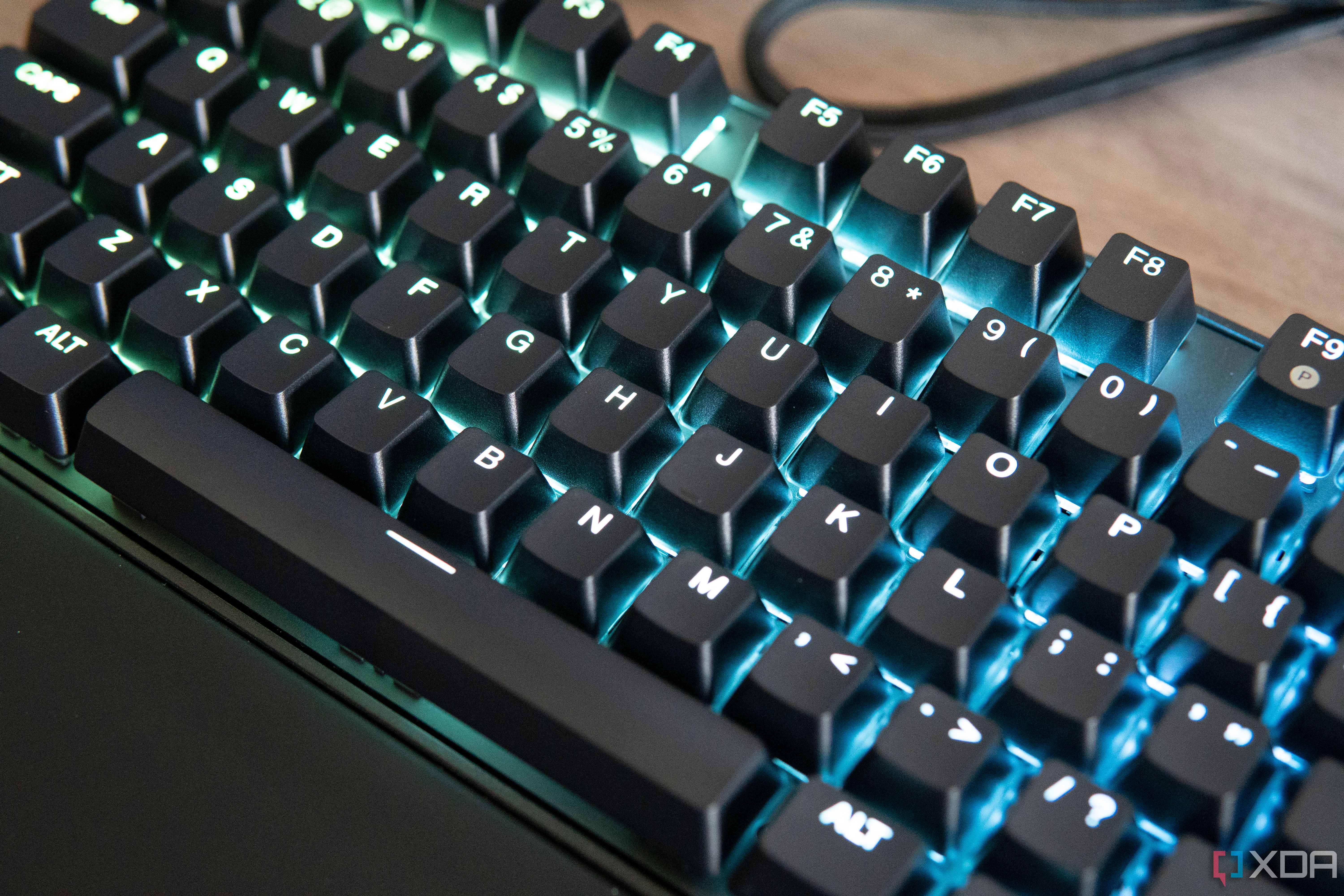






 English (US) ·
English (US) ·